By Eric T. Baker
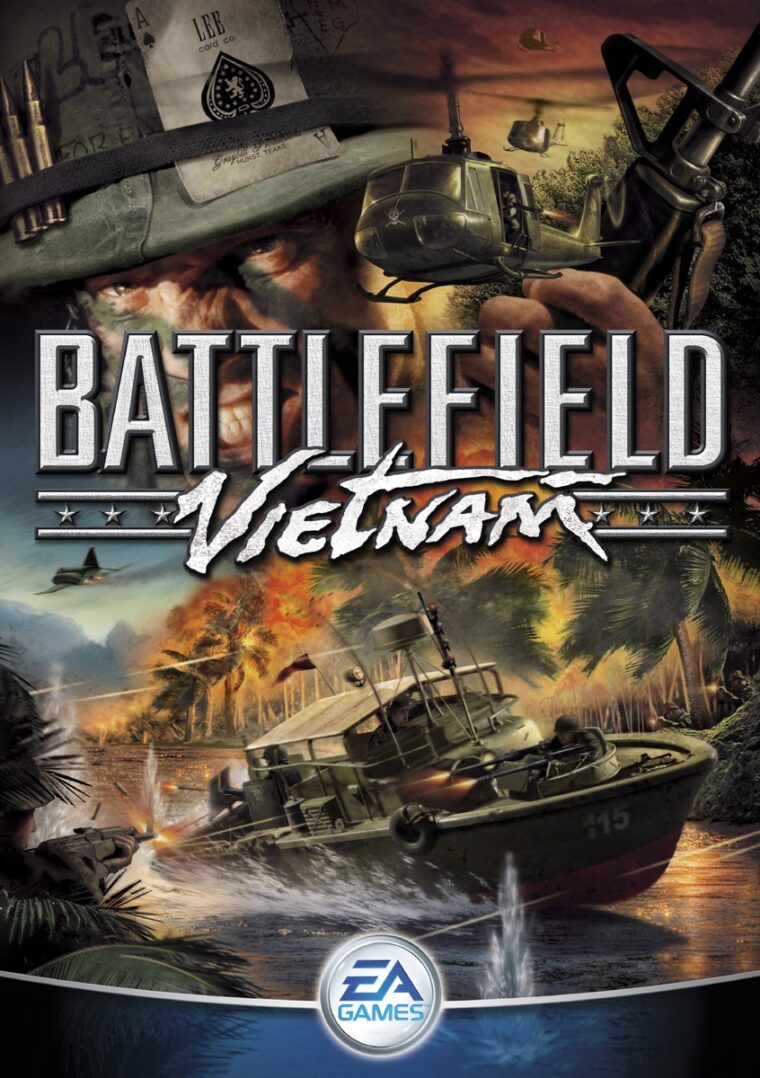 The Battlefield franchise is famous for its on-line, multiplayer depictions of World War II combat. Battlefield Vietnam for the PC brings the action into the 20th century and provides the players with modernized weaponry and vehicles, while adding a more immersive infantry experience. The action of the game is set across Vietnam in the jungles and on the beaches. Fights can break out in villages on the Ho Chi Minh Trail as easily as on the streets of Hue. Players take the side of either the United States or North Vietnamese Army (NVA). Each side has access to several different vehicles. The United States has attack and transport helicopters, the M551 Sheridan tank, and the F-4 Phantom fighter. The NVA has the Russian-made T-54 tank, the MIG-21, and Mi-8 multipurpose helicopter.
The Battlefield franchise is famous for its on-line, multiplayer depictions of World War II combat. Battlefield Vietnam for the PC brings the action into the 20th century and provides the players with modernized weaponry and vehicles, while adding a more immersive infantry experience. The action of the game is set across Vietnam in the jungles and on the beaches. Fights can break out in villages on the Ho Chi Minh Trail as easily as on the streets of Hue. Players take the side of either the United States or North Vietnamese Army (NVA). Each side has access to several different vehicles. The United States has attack and transport helicopters, the M551 Sheridan tank, and the F-4 Phantom fighter. The NVA has the Russian-made T-54 tank, the MIG-21, and Mi-8 multipurpose helicopter.
Battle scenarios include everything a player could hope for, such as a helicopter squadron attack on an NVA camp. Others include ambushing enemy soldiers in the jungle and patrolling jungle-surrounded rivers in PT boats. On the flip side of the heavy vehicles, the game also includes more humble weapons and booby traps. Players choose their character type, each with its own specialty and in a wide variety of looks. There is even a rock-and-roll soundtrack from the era with songs by CCR and Jefferson Airplane.
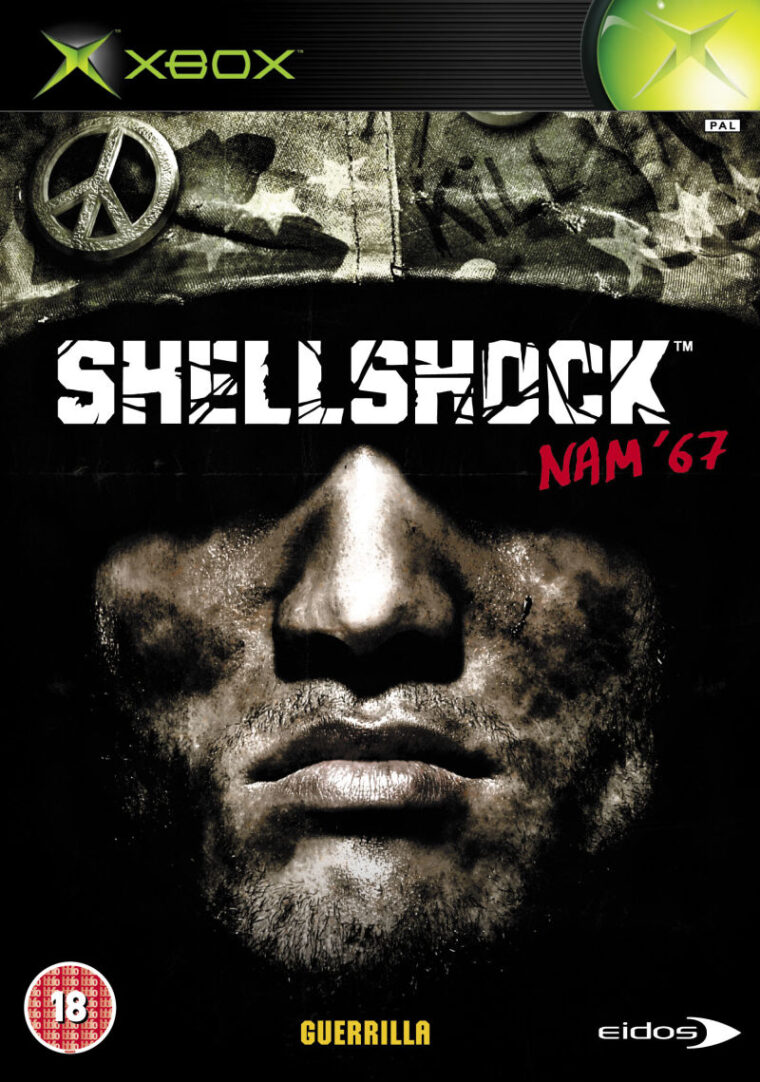 A second Vietnam game, this one single player for the Xbox, PS2, and PC, is ShellShock: Nam ’67. Whereas Battlefield focuses on the actual fighting and constructs its scenarios to make them fair to both sides, SS takes a grittier look at the war. The game starts with the player’s character as a recruit and takes him through basic training before he is sent off to Vietnam. From the moment the character arrives in country in January 1967, the game tries to model the fear, chaos, and horrors of the Vietnam War such as napalm bombardments of civilian villages and gruesome Viet Cong booby traps. The game keeps the character in constant danger.
A second Vietnam game, this one single player for the Xbox, PS2, and PC, is ShellShock: Nam ’67. Whereas Battlefield focuses on the actual fighting and constructs its scenarios to make them fair to both sides, SS takes a grittier look at the war. The game starts with the player’s character as a recruit and takes him through basic training before he is sent off to Vietnam. From the moment the character arrives in country in January 1967, the game tries to model the fear, chaos, and horrors of the Vietnam War such as napalm bombardments of civilian villages and gruesome Viet Cong booby traps. The game keeps the character in constant danger.
SS uses a Base Camp for most of the character’s housekeeping duties, but from there he participates in forays into the hostile countryside. The missions include large-scale battlefield encounters with the NVA as well as stealth-based missions such as assassinations. Many of the circumstances that were standard in Vietnam are included: napalm attacks, intricate tunnel systems, and fighting militia women. All of this is experienced as the character advances from raw recruit to special forces agent. Along the way the character gets to use most of the U.S. weaponry as well as some of the North Vietnamese weapons. SS is a completely different experience from Battlefield. It’s not necessarily a better one, but SS is a more accurate account of the war.
Desert Rats is a World War II tabletop game. It is a sequel to the earlier Afrika Korps game and starts where that game left off, with Operation Crusader in late 1941. Even though it is a sequel, Afrika Korps is not needed to play DR. The game consists of 50 scenarios, most of them covering the war in North Africa from Crusader to the spring of 1942 and the Gazala tank battles. In addition to the usual suspects, the game includes scenarios that use Indian, New Zealand, and Italian Colonial units.
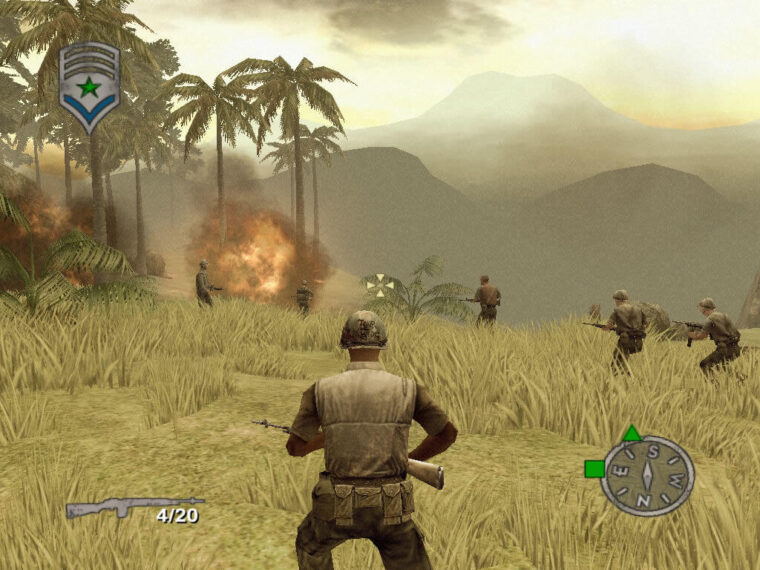
The game is played on two maps depicting generic desert terrain that is loosely based on the actual locations of Sidi Rezegh and Bir el Gubi. Counters are used to track both generals and equipment; there is a Rommel counter as well as counters for the “Mark IV Special” tank and the “Diana” self-propelled gun, among many, many others. The game is part of the Panzer Grenadier series and uses that engine for easy but accurate play.
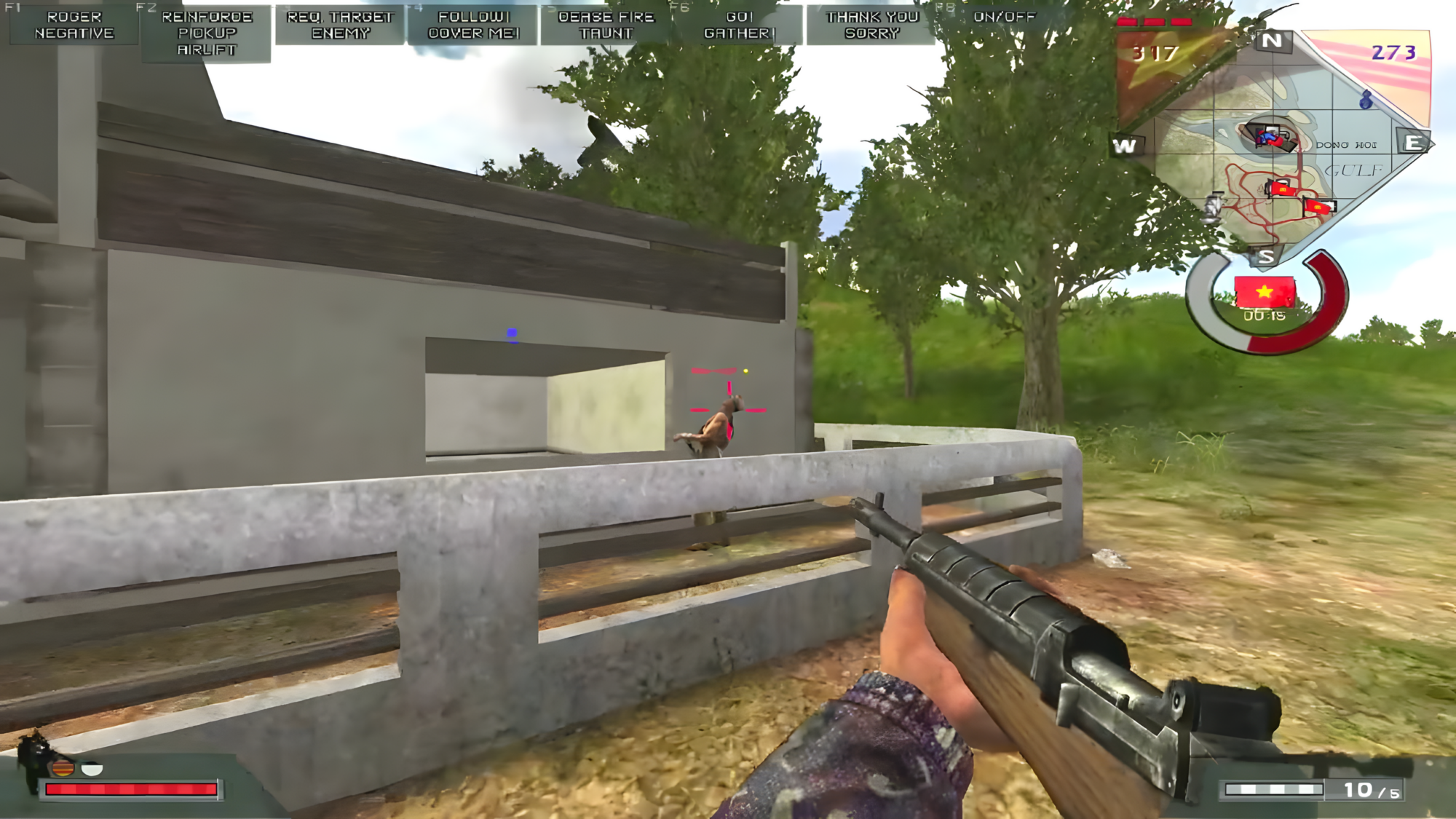
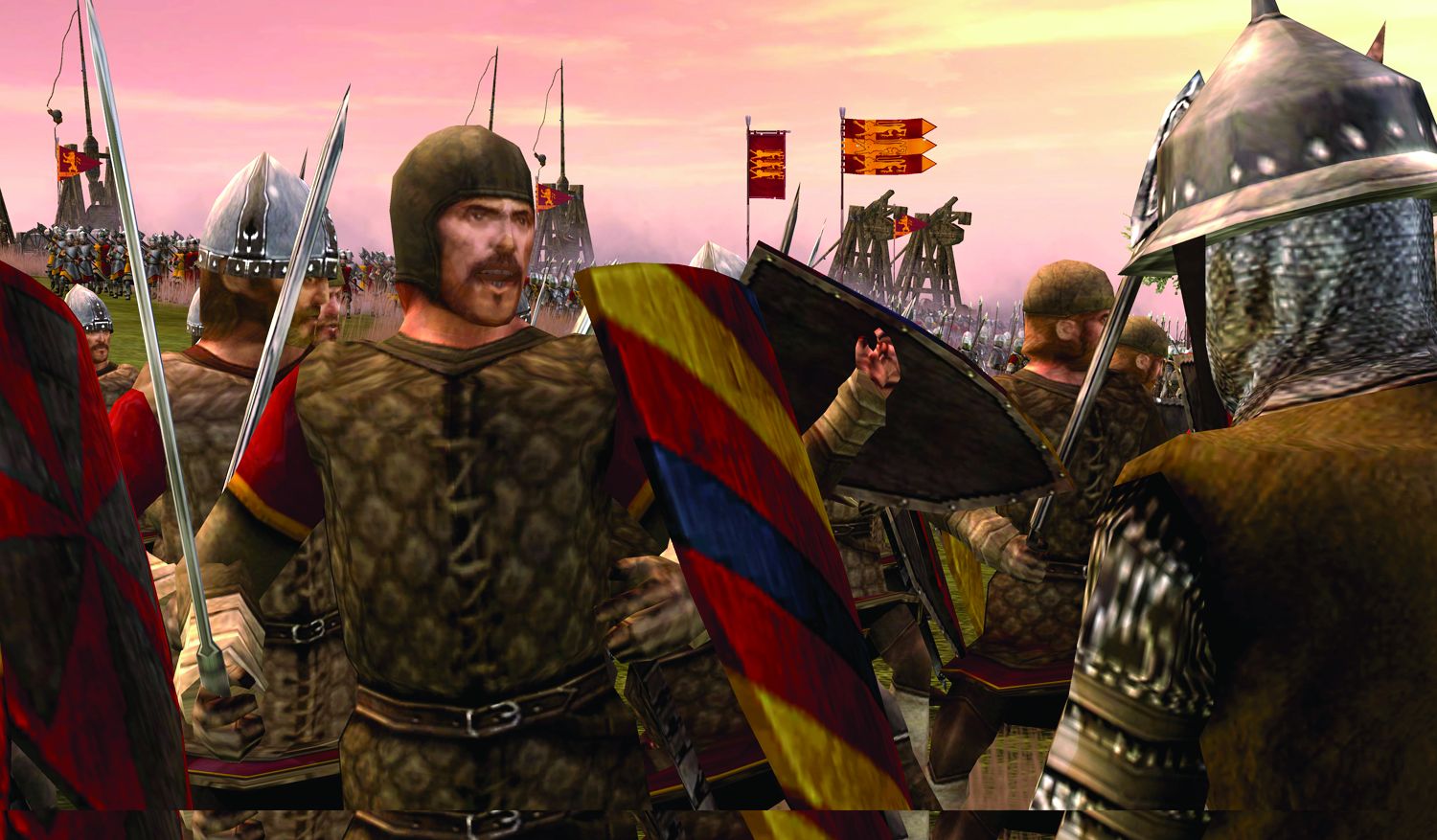
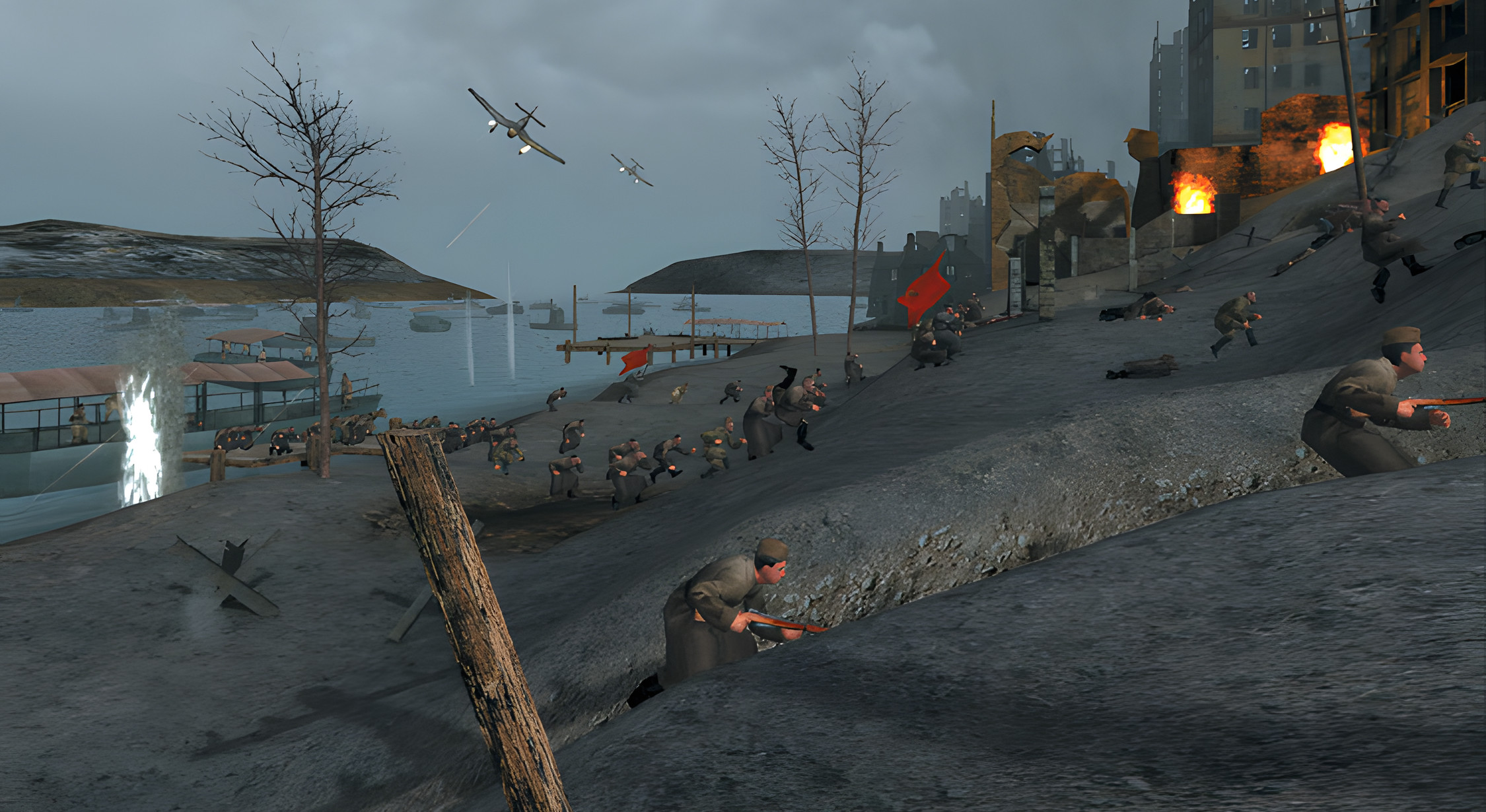
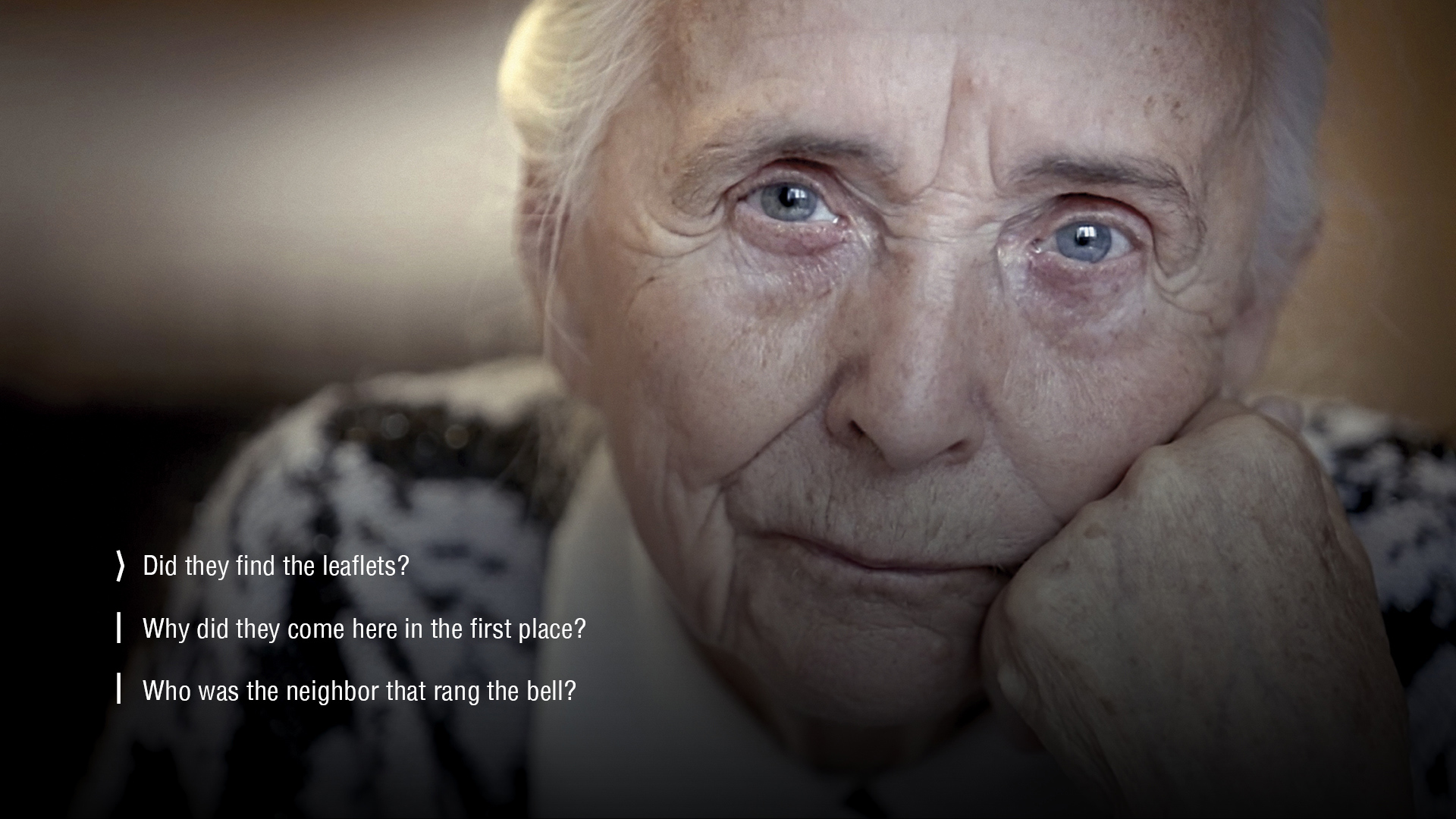
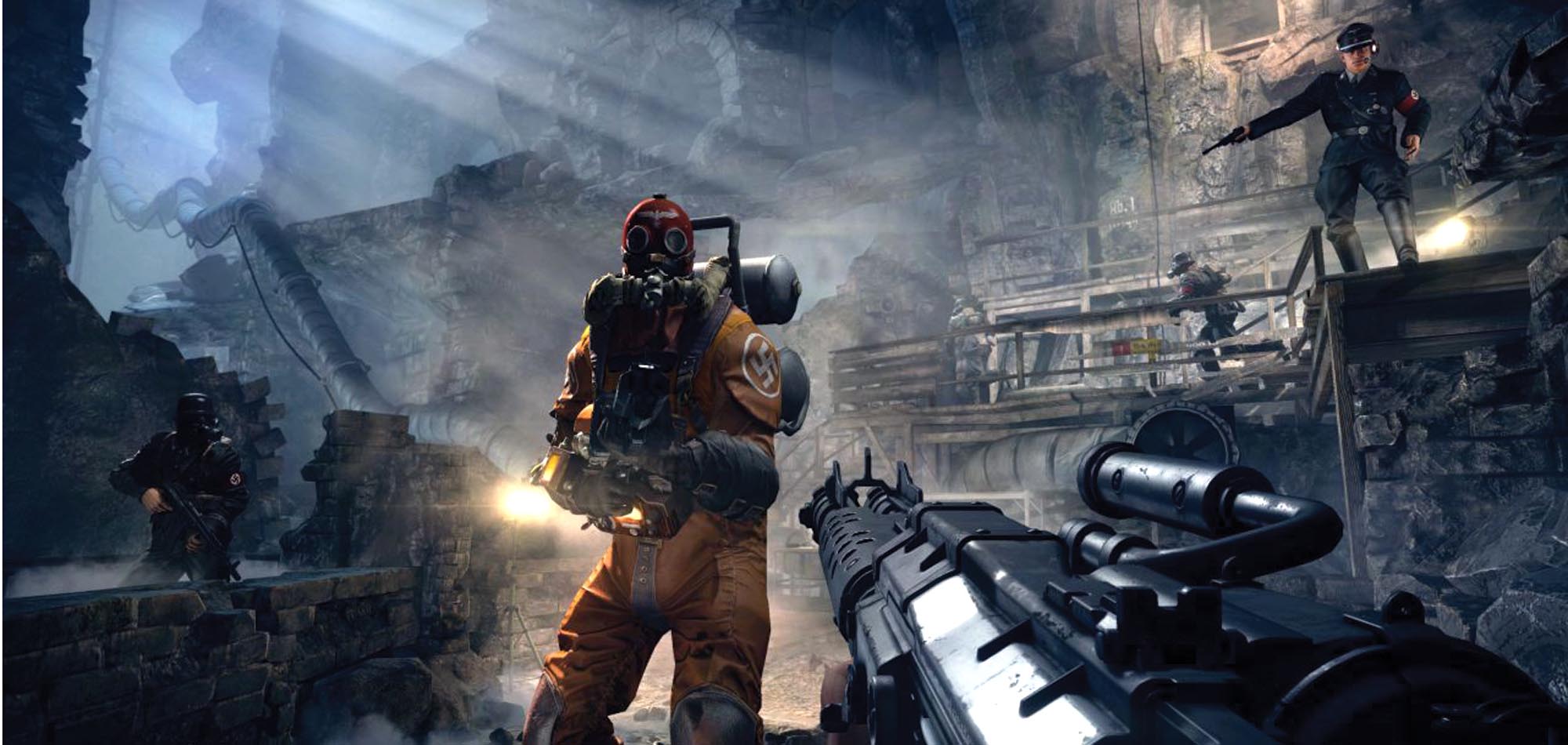
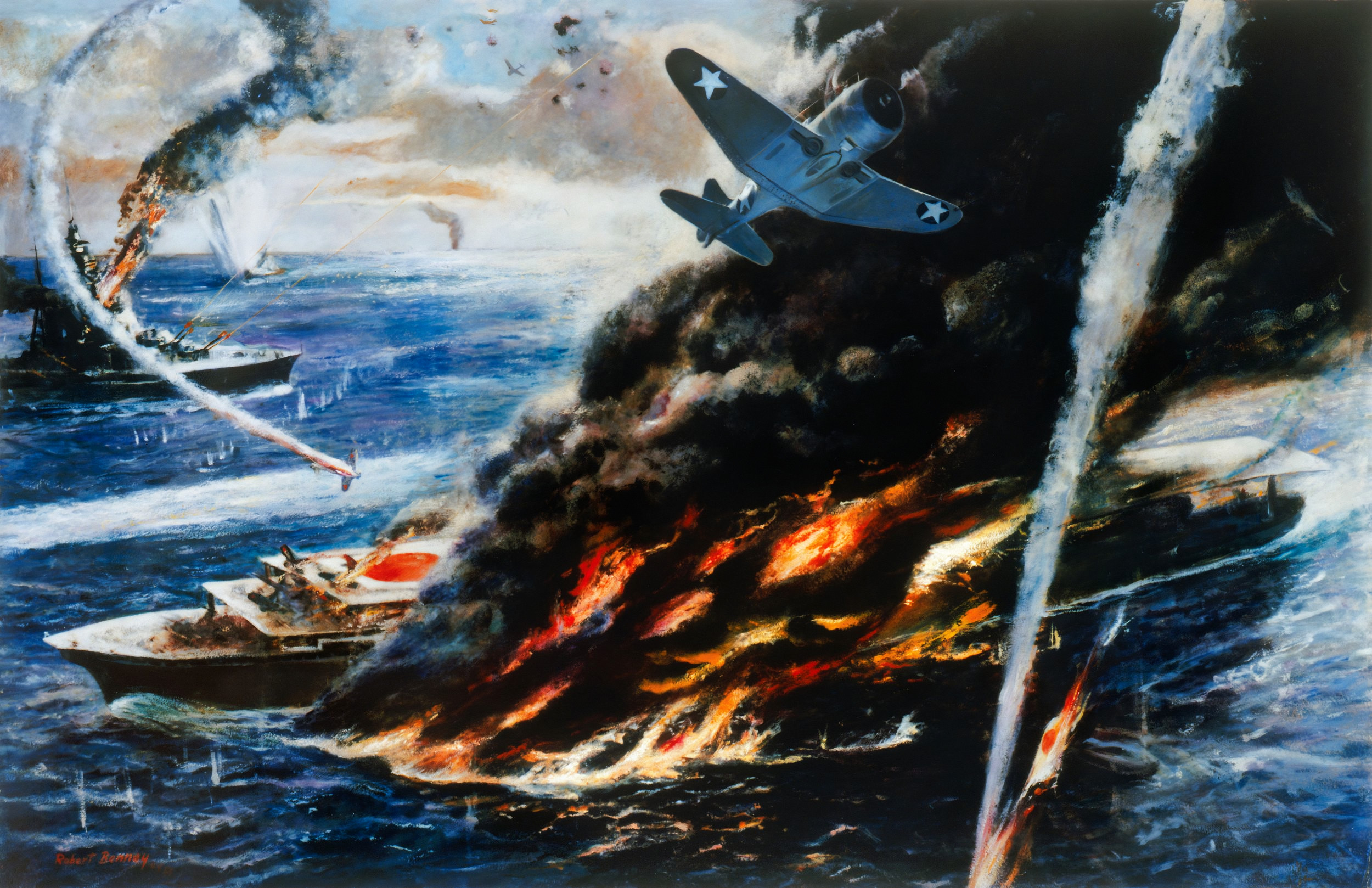
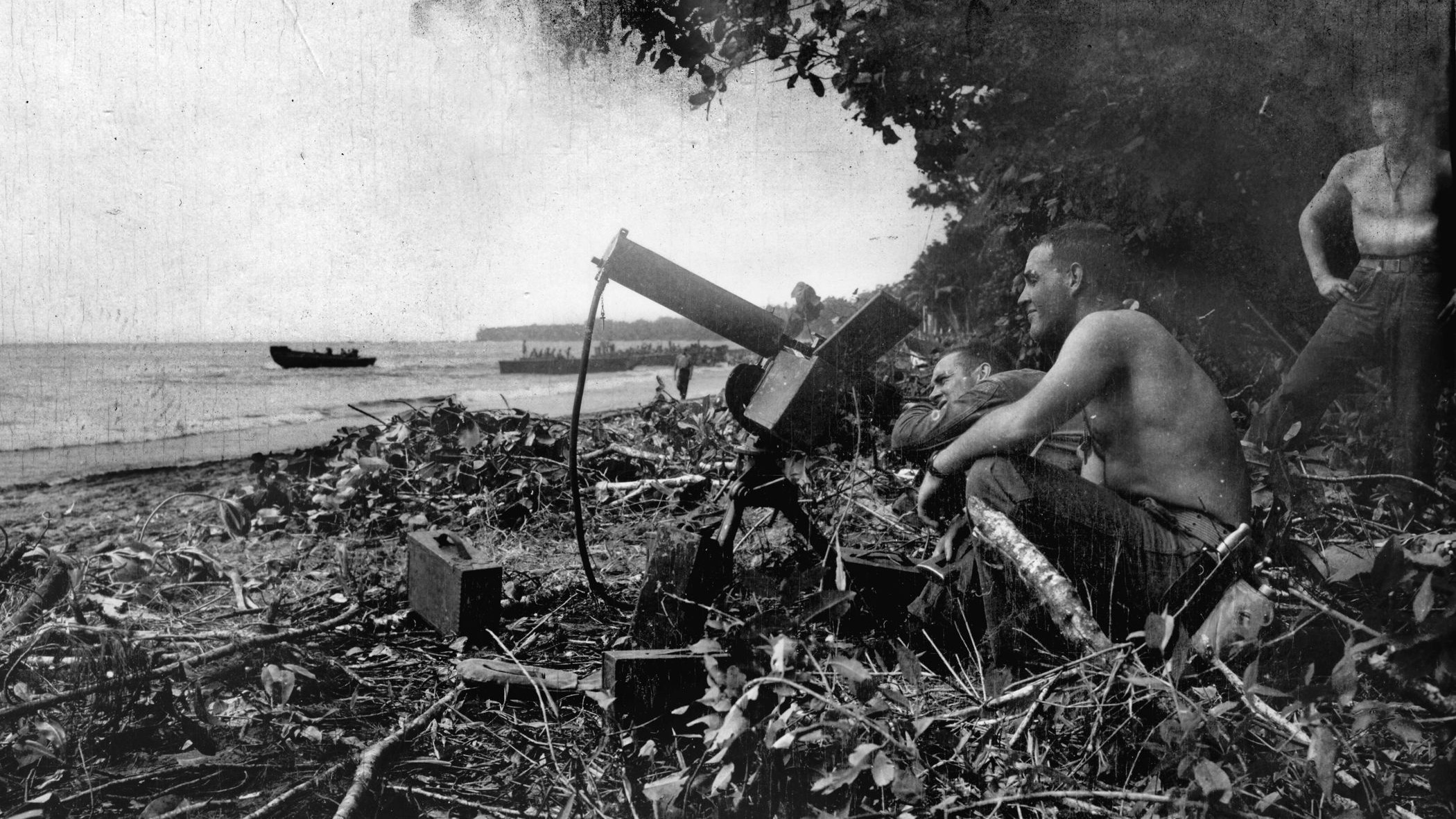
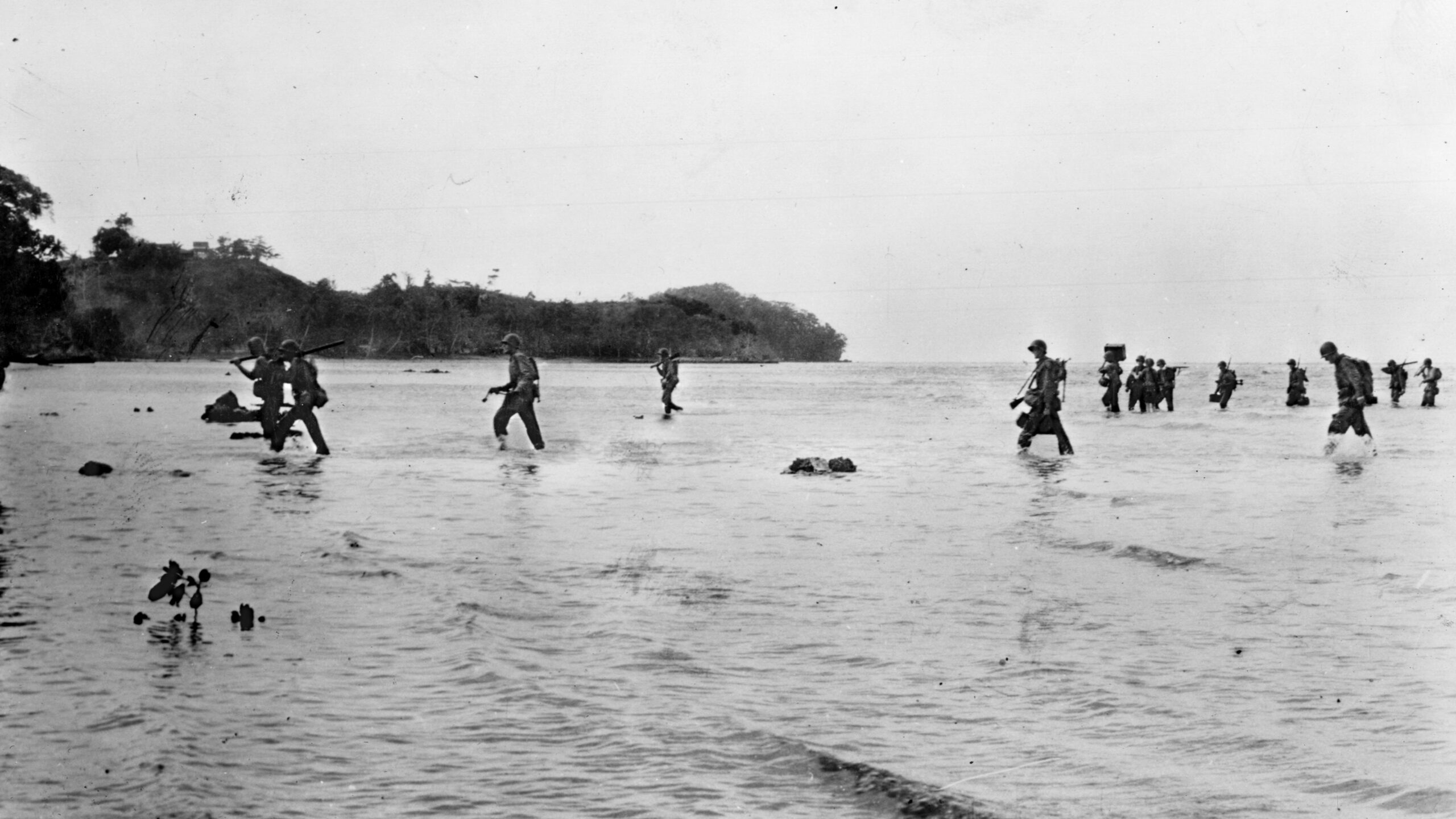
Join The Conversation
Comments
View All Comments